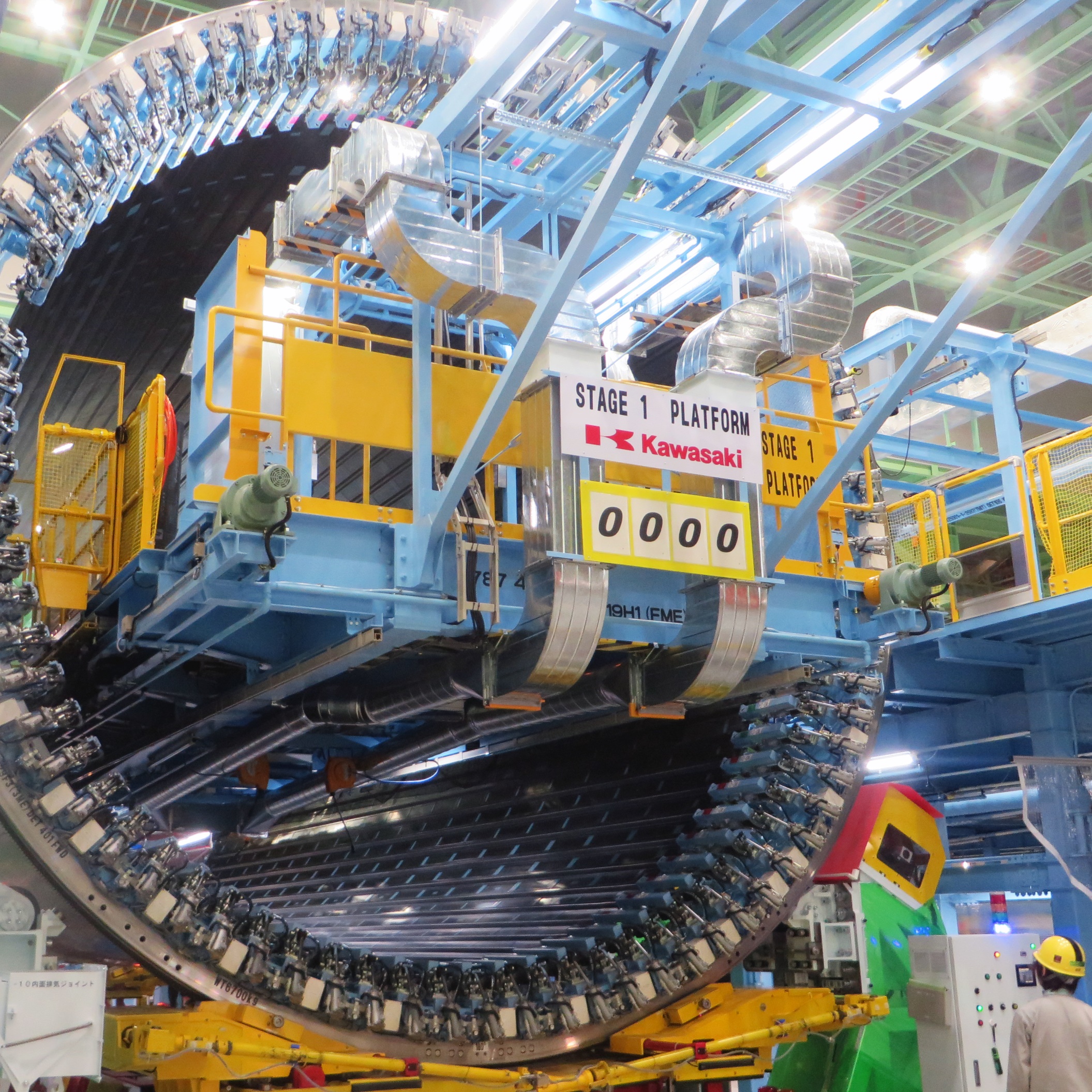

So far in 2016, Boeing Co. (NYSE: BA) has a net order total of minus three for its 787 Dreamliner. Of a net order total of 96 for the year through March 15, 88 orders have been taken for the 737, 10 for the 777 and one for the 767. Only the 787 has a negative showing for the year.
Is Boeing worried? The company has taken a total of 1,143 orders for the three variations of the Dreamliner family: the 787-8 has received a total of 435 orders through the end of February and delivered 293; the 787-9 sports orders totaling 546 and deliveries of 87; and there are 162 orders for the yet-to-be delivered 787-10. Earlier this week, Boeing announced the opening of its first assembly line for the 787-10.
The company made some noise about the 787-10 line opening two weeks ahead of schedule, and it still believes that first deliveries of the plane will begin in 2018. That will help, but that won’t solve all the issues facing the 787 program.
At the top of the list are deferred production costs of nearly $30 billion on the entire program. Boeing has yet to show a profit on a single 787, and although a profit may have turned up in the current quarter, next quarter is probably a better bet.
But even that may not be enough. Richard Aboulafia, an aerospace analyst at Teal Group, reportedly said at a February conference that Boeing needs to build the 787 for $91 million, including engines, in order to recover its deferred production costs.
Last year Boeing assumed deliveries of around 1,300 of its 787s at an average profit of $35 million per plane on about 900 of the planes. That would do the trick all right, but Boeing needs another 150 orders to reach that magic number of 1,300, and then it cannot suffer any cancellations.
And the company’s projected profit margin is aggressive to say the least. In fact the recently announced U.S. Securities and Exchange Commission investigation is directly related to Boeing’s estimates of how it will pay down those deferred costs.
Boeing must also sell more of the larger and more expensive 787-9s and 787-10s. A 787-8, the smallest of the family, has a list price of $224.6 million. The 787-9 sells for a list price of $264.6 million, and the 787-10’s list price is $306.1 million.
What the 787 program does do for Boeing is generate a ton of free cash flow, and that is the measure on which the company wants investors and analysts to weigh its performance. Free cash flow can translate into higher dividends and bigger buybacks, both near and dear to investors’ hearts.
In the real world, Boeing’s deferred costs on the 787 should already be reflected in the stock’s price, so recovering those costs could be one of those “Who cares?” issues. What may matter much more is how Boeing manages the transition from the 777 to the 777X. And that could be in a lot better shape than it is now.
Boeing stock traded up about 2% in the noon hour Friday, at $133.35 in a 52-week range of $102.10 to $155.50.
Sponsored: Want to Retire Early? Start Here
Want retirement to come a few years earlier than you’d planned? Orare you ready to retire now, but want an extra set of eyes on your finances?
Now you can speak with up to 3 financial experts in your area for FREE. By simply clicking here you can begin to match with financial professionals who can help you build your plan to retire early. And the best part? The first conversation with them is free.
Click here to match with up to 3 financial pros who would be excited to help you make financial decisions.
Thank you for reading! Have some feedback for us?
Contact the 24/7 Wall St. editorial team.